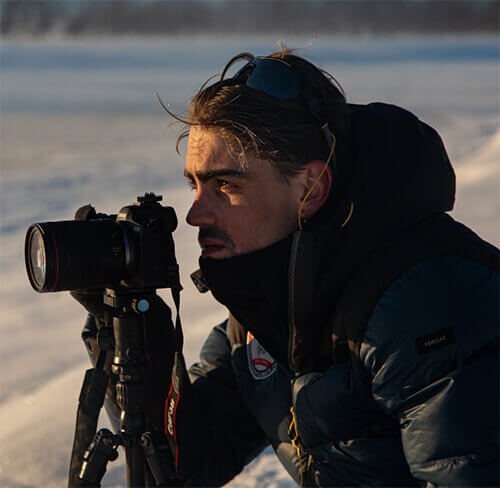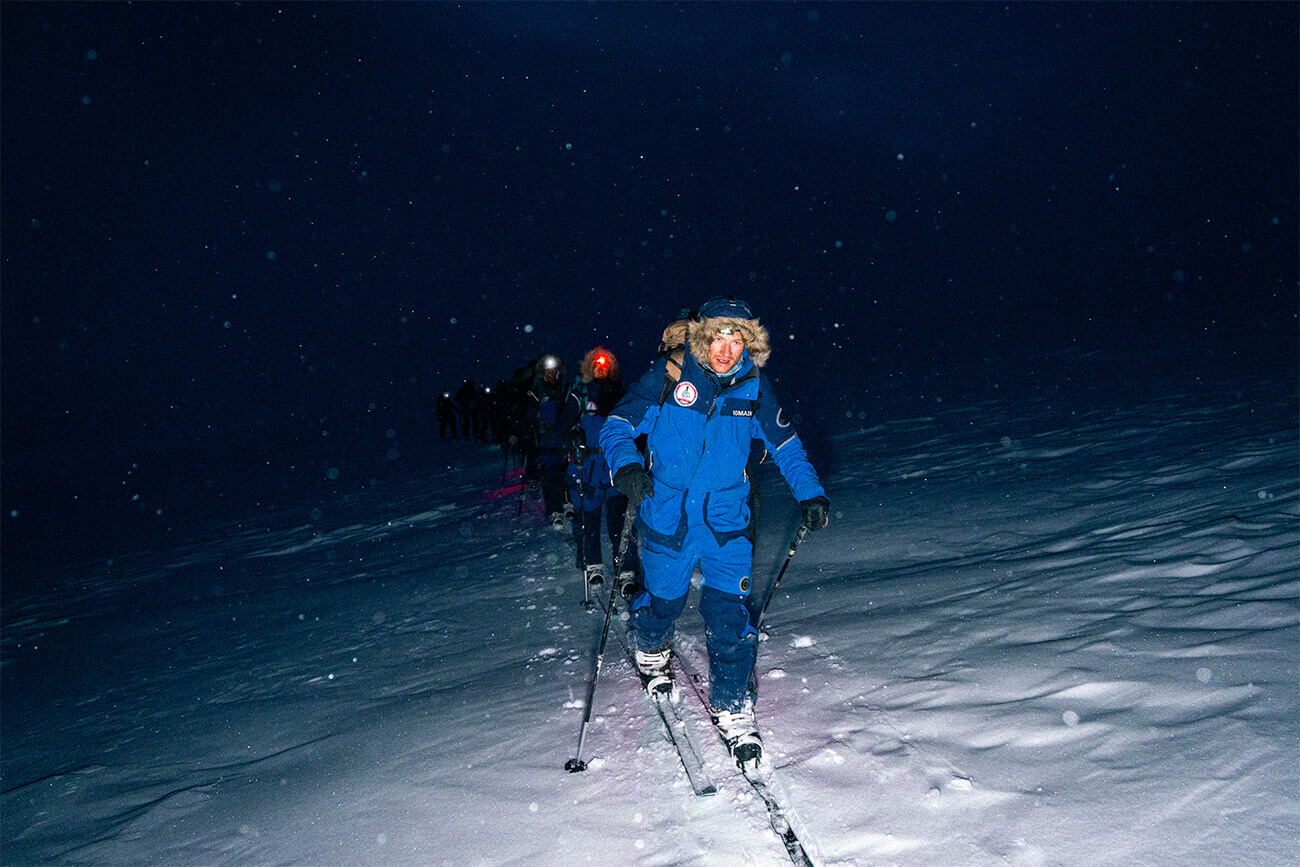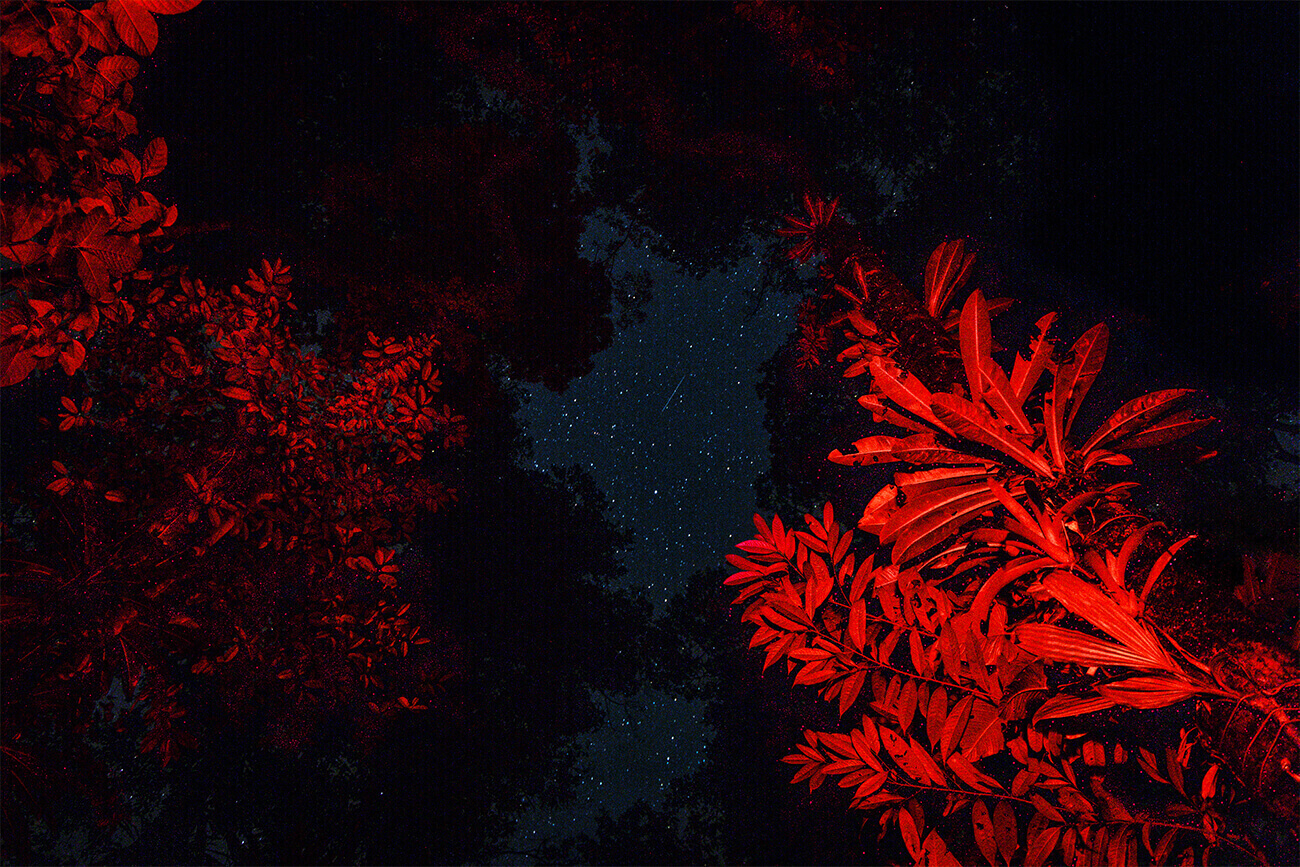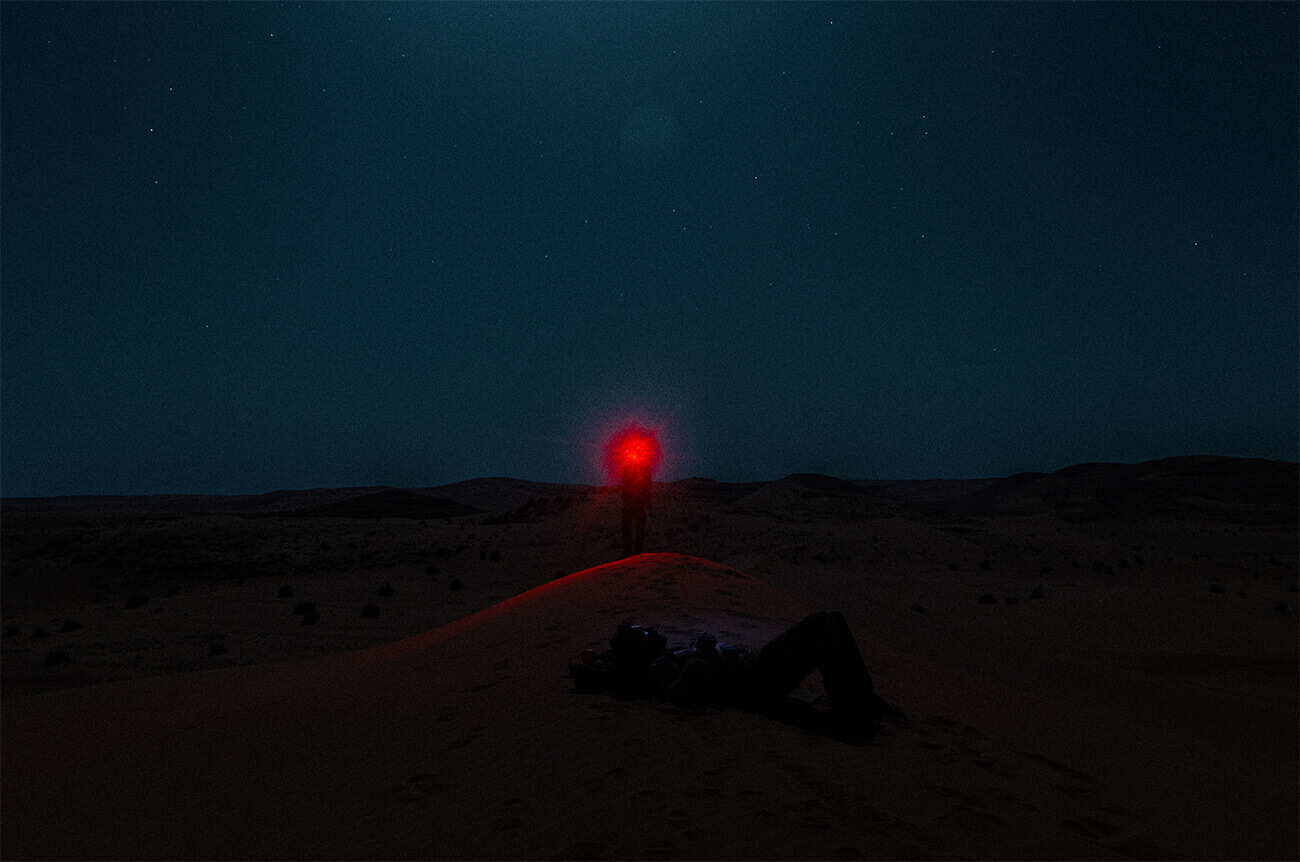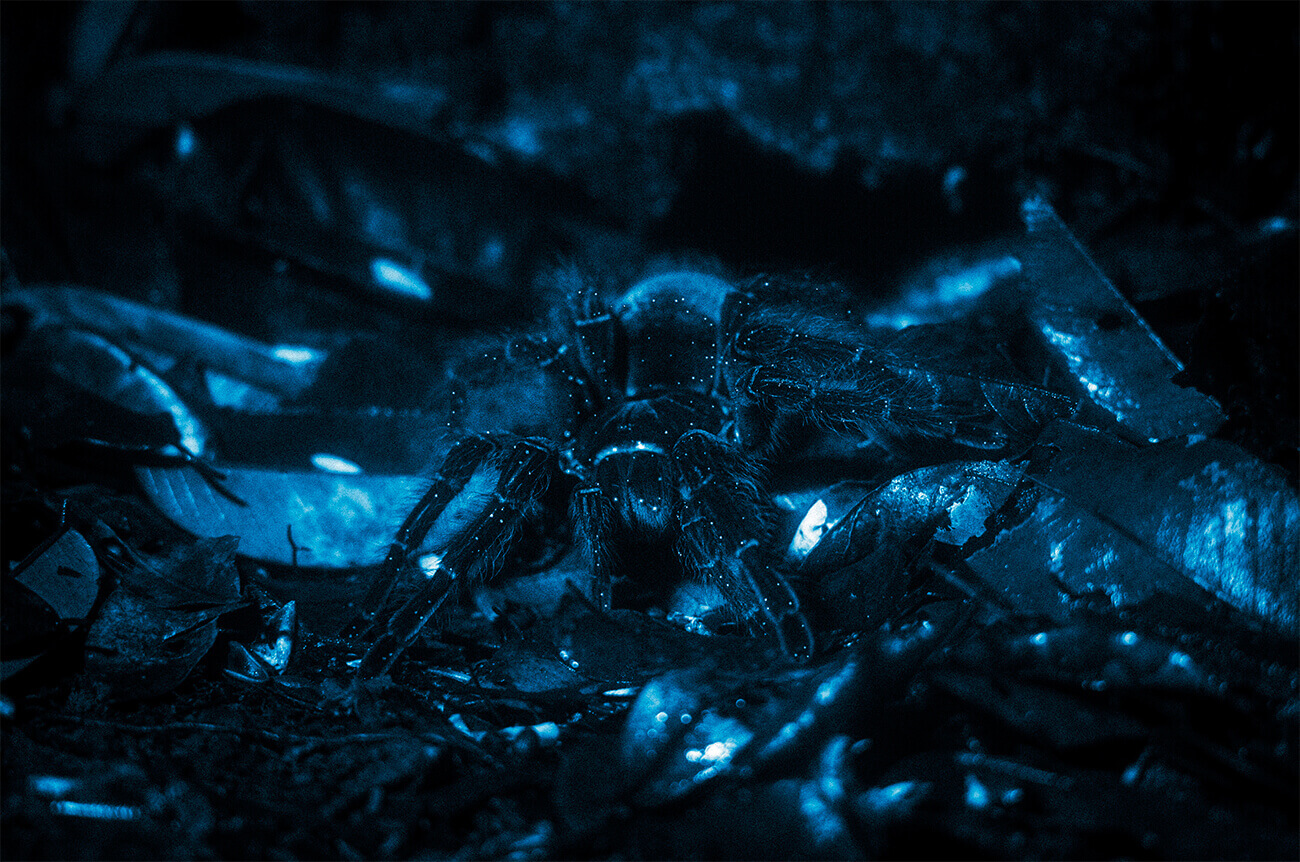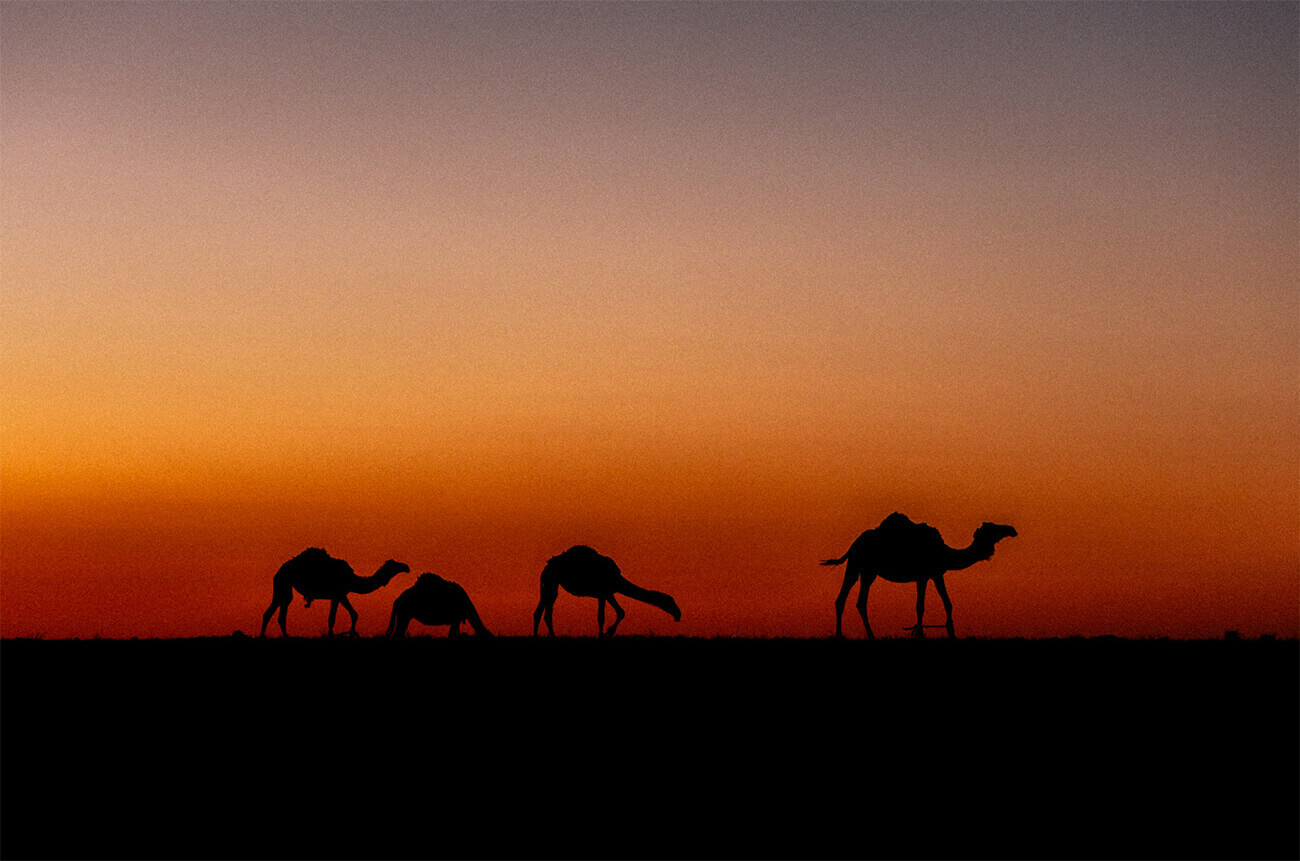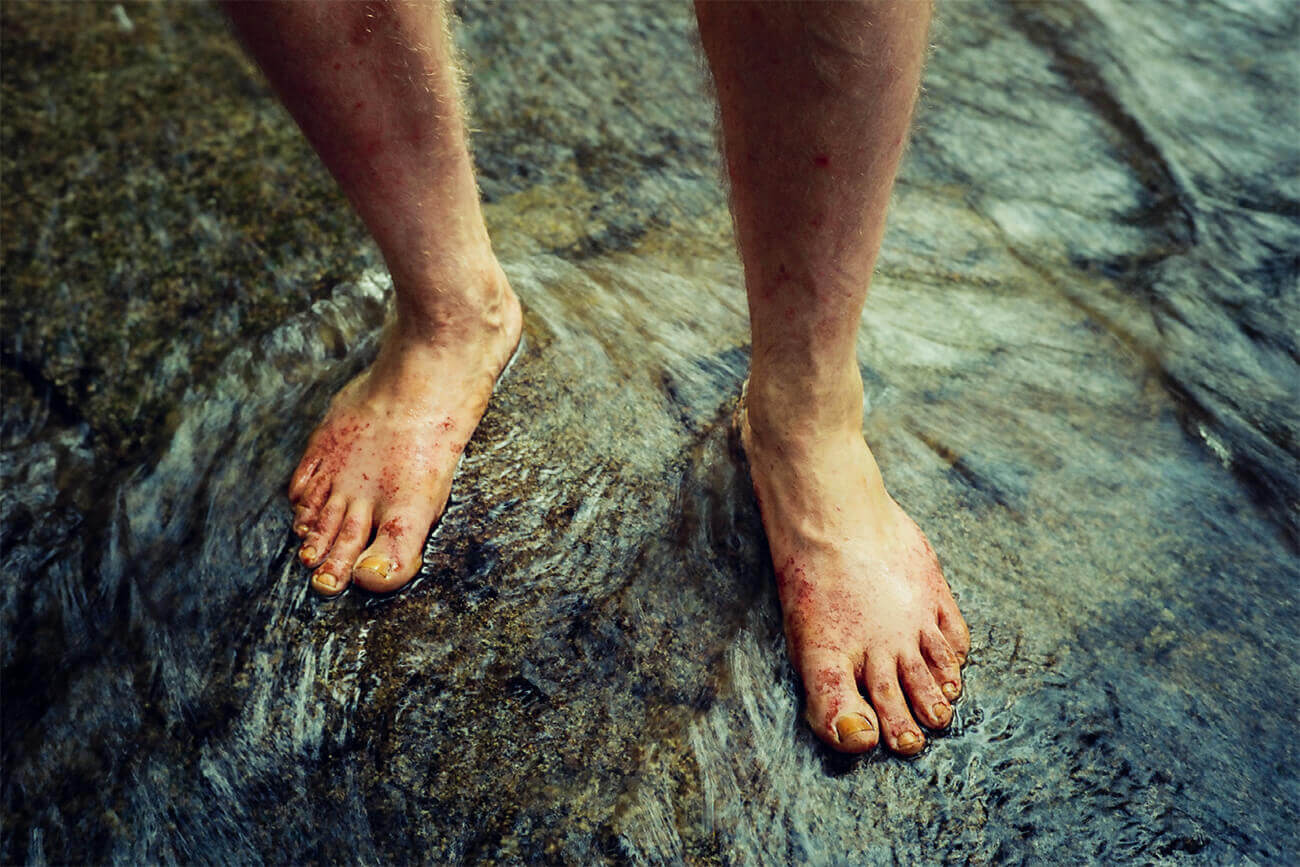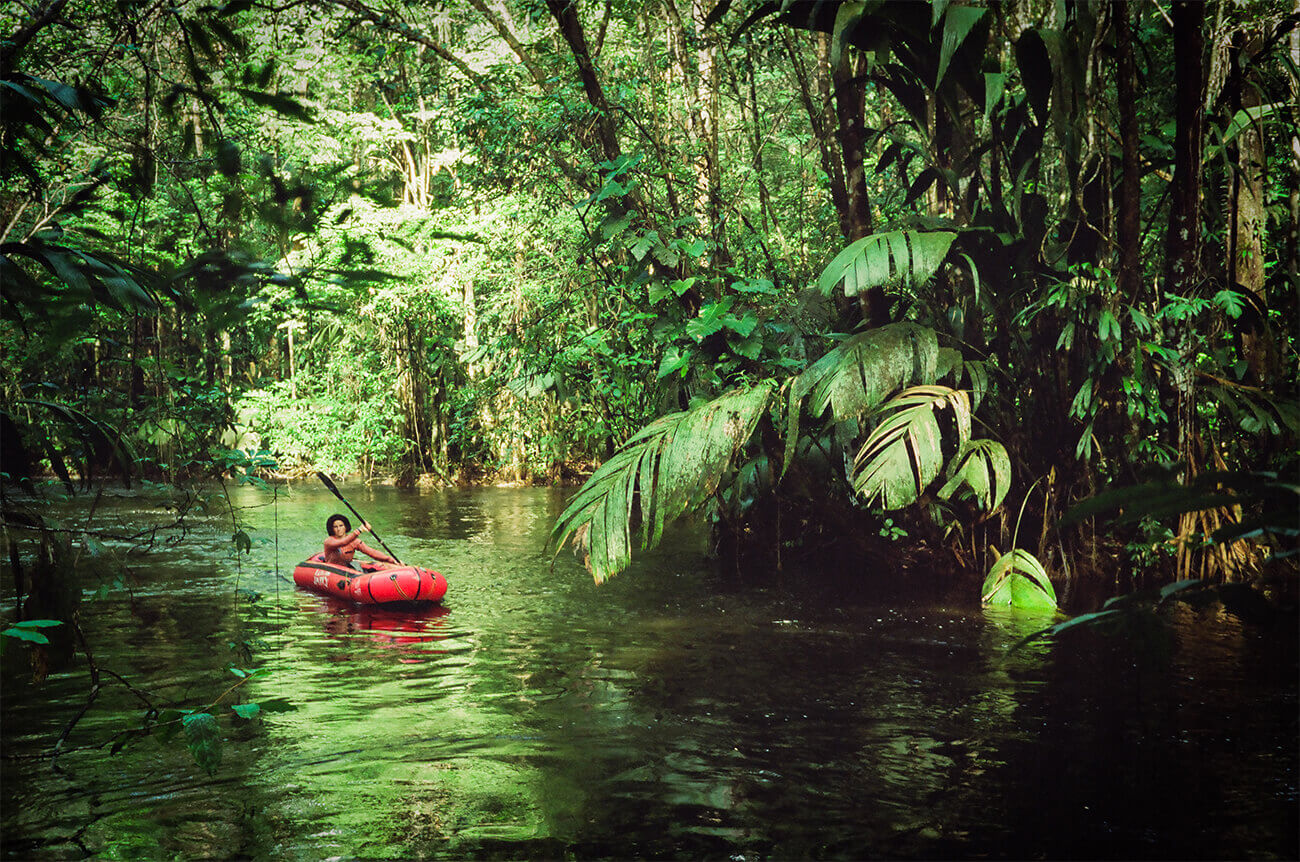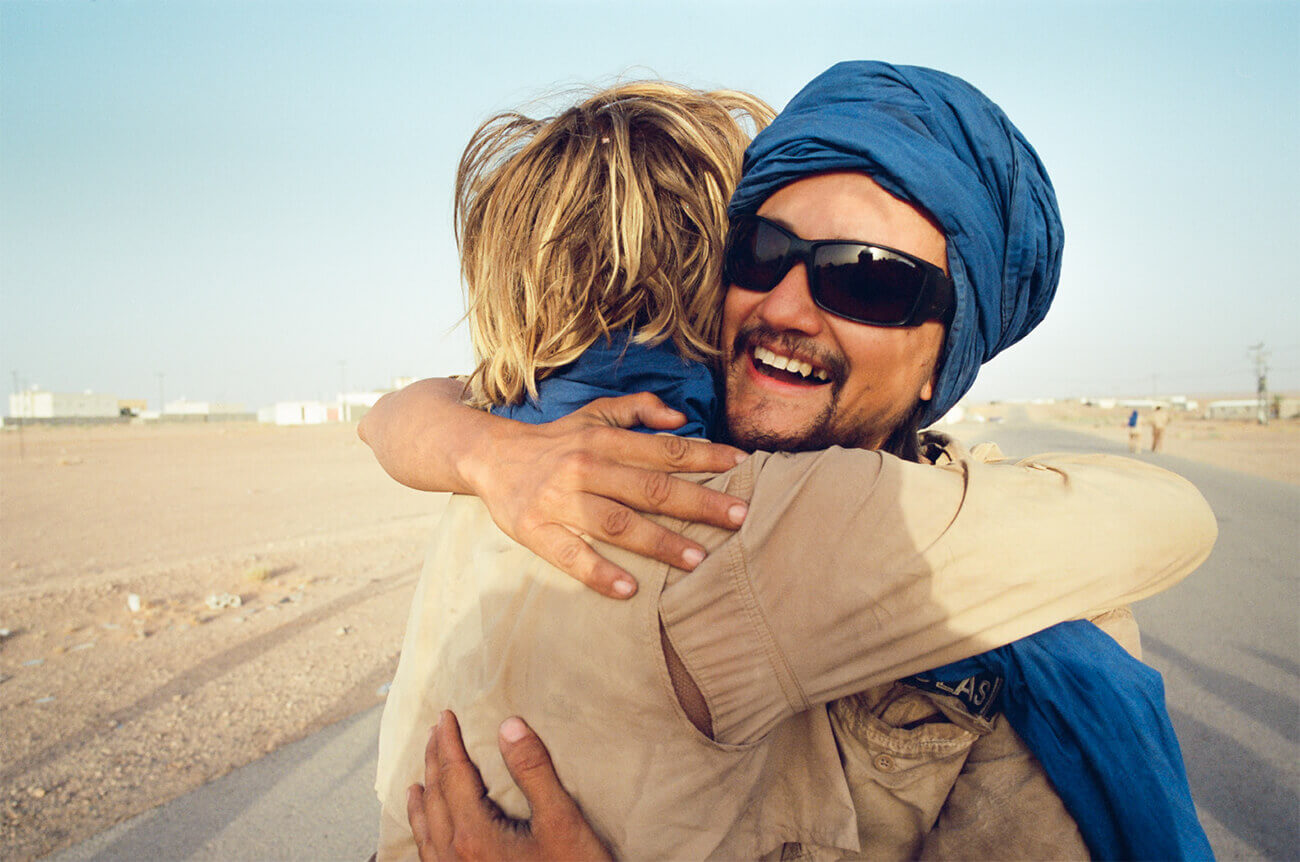During the year 2023, ten women and ten men, led by explorer and researcher Christian Clot, embark on a triptych of extraordinary expeditions, each lasting 40 days, across three extreme climates: hot and dry – hot and humid
– cold and dry. The team members traverse the jungle on foot and by canoe, ski across the plains of Lapland, and
then cross the desert on foot, pulling heavy carts. The Deep Climate expeditions, created by the Human Adaptation Institute, aim to scientifically understand the mechanisms of individual and collective adaptation.
Before departure, each team member fears one environment more than the others, but the reality on the ground
often holds surprises. Throughout these expeditions, moments of splendor and solidarity emerge. The teammates
learn to coexist in a self-sufficient group, to make joint decisions, to go through common trials. The challenges
are numerous: equipment failures, lack of sleep, limited rations, elements assaulting the team members, injuries,
diseases... The different environments, combined with the scientific objectives and distances to cover, force them
into constant activity. Every day, they take care of their feet in the Amazon, break the ice to find water in Lapland,
and set up shelters to protect themselves from the scorching sun in the Nefud Desert. In these territories, the sublime is intertwined with relentlessness. At twilight, under the same sky, they set up their camp, enveloped by the
walls of darkness of the wild nights. Only the red and yellow glows of their headlamps are visible.
The photos highlight these environments, a mix of chaos and harmony, which constitutes their beauty in my eyes.
They force the bodies to struggle, making mutual aid necessary. These teammates, who came to study the mechanisms of body adaptation, will discover much more.
The bones, dead trees, emptiness, serve as a warning. These environments remind us of our place where even
small thistles in the desert can confront us with enormous difficulties.
At night, when the weather is mild, the stars soothe the team members, like a reward. Our minds wander, and
they are everywhere: the grains of sand, the fireflies, the ice crystals, the drops of water, all shimmering like
stars. The Earth mimics the sky.
A wonder felt by all, and so important, because it is crucial to love what we seek to protect.
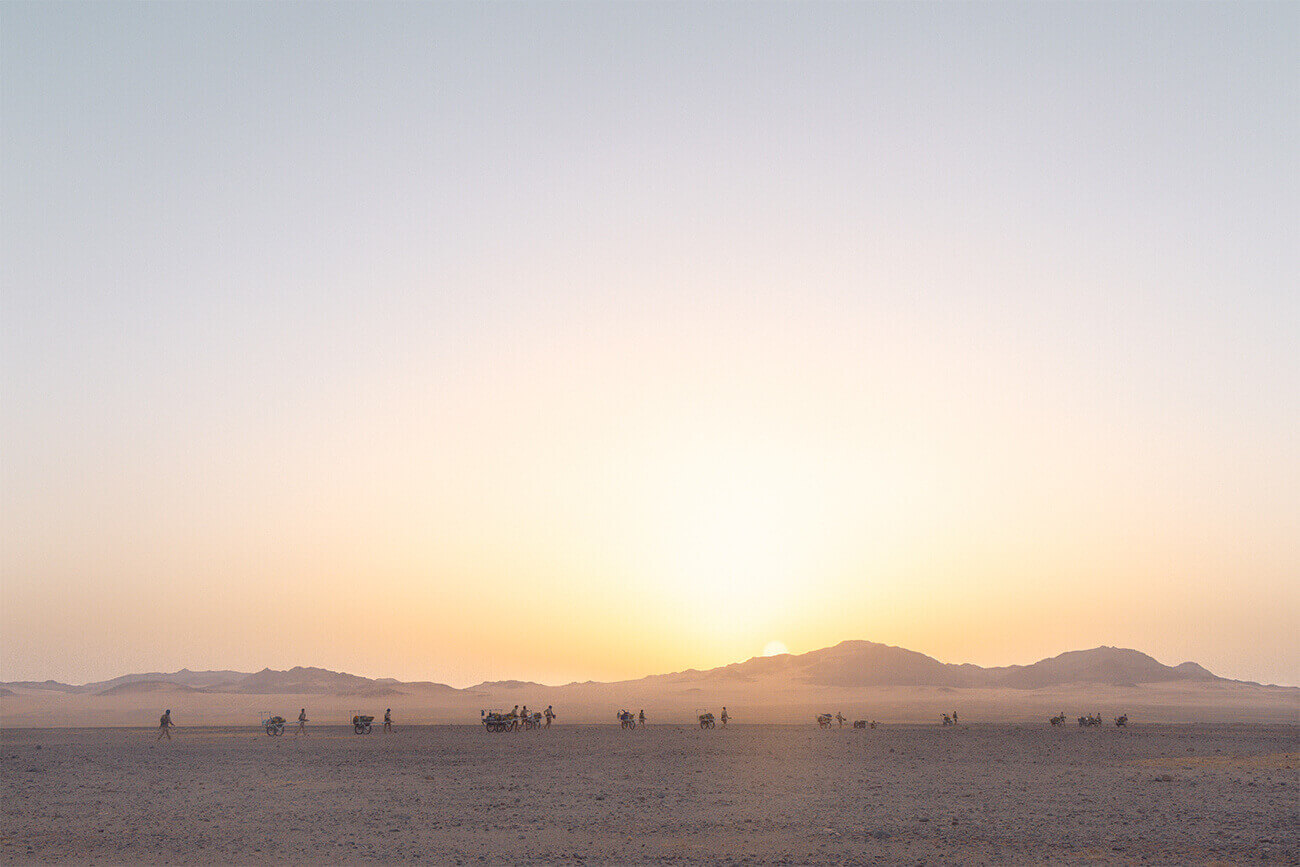
5:45 AM - Saudi Arabia, Nefud Desert © Alexis Routhier
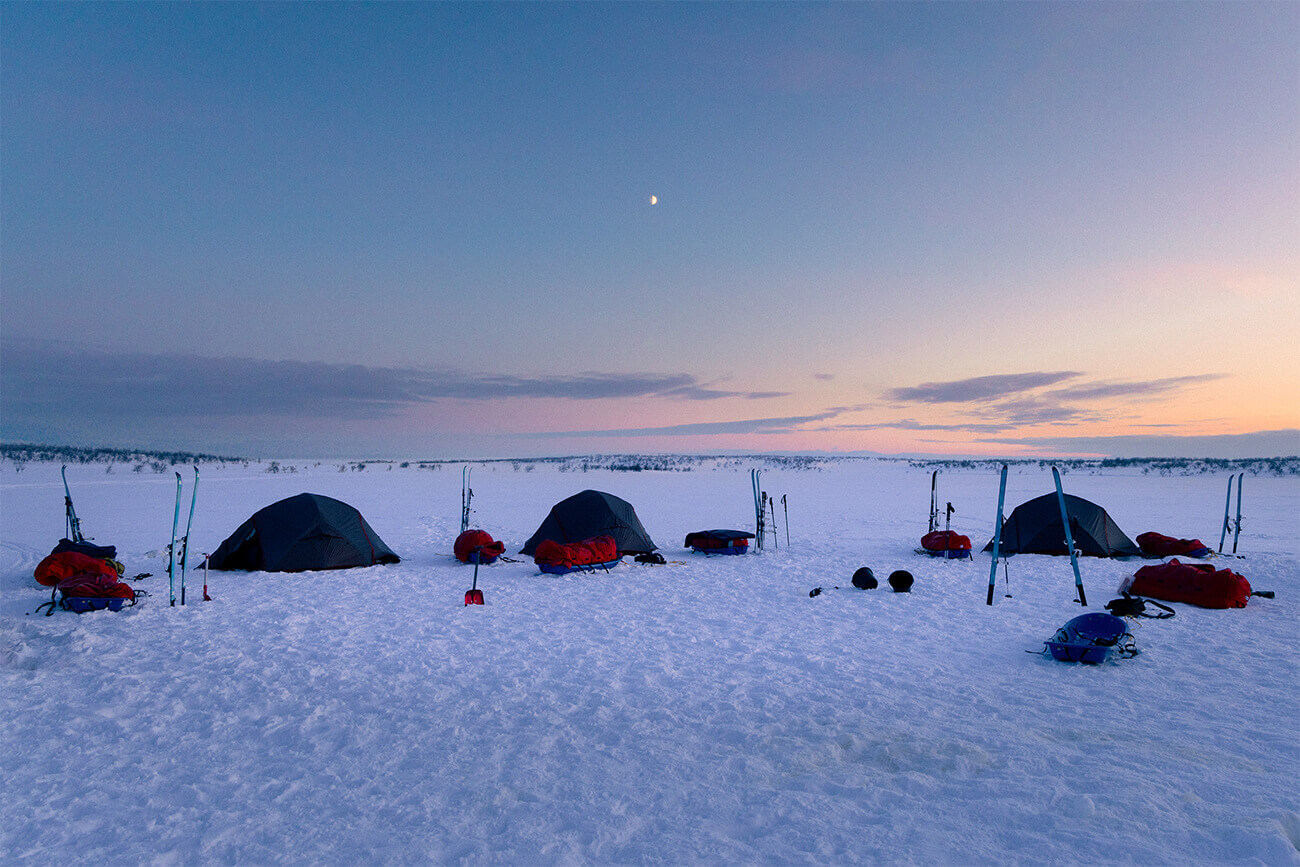
7:00 AM - Lapland © Alexis Routhier
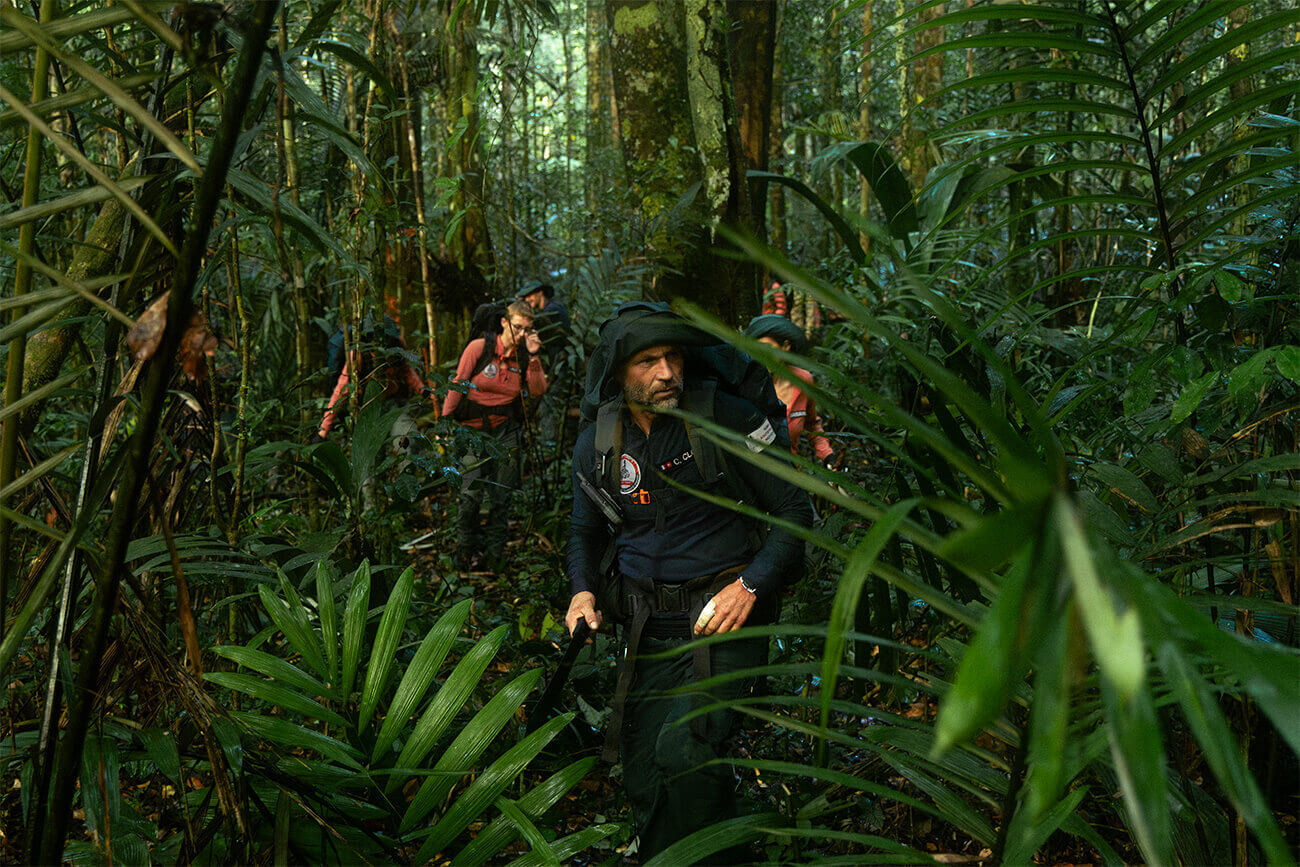
8:00 AM - Amazon © Alexis Routhier
During fleeting moments, echoes of a singularly unified universe
emerge. A rare light pierces the canopy, dances with dead leaves,
evoking a man in the turmoil of a sandstorm, reminiscent of silent
advancements under the snow.
It is in these precious moments that the world seems to whisper a
truth, revealing an unexpected resemblance between these opposing environments.
The Night
Twilight brings with it a deep mystery, like dark waters rising,
engulfing the day. Our eyes, initially blinded, slowly adapt to the
darkness, and that’s when our journey begins. After a few days,
some start to explore the night, discovering under its veil a canopy
vibrant with life, a starry sky reflecting in the vastness, reminiscent
of the fireflies in the dark nights of the Amazon, or the reflection
of our red lamps in the moist vegetation.
Where the horizon embraces the earth, the sky becomes a mirror of the ground. In this silent exchange, each element reflects, unifies, in a dance of shapes and colors.
The fauna, flora, and weather constantly remind us of our
place. In these environments, the smallest things can lead
to enormous difficulties.
In the desert night, I almost stepped on this young horned viper.
Here, it is in an attack position, ready to strike. As in other environments, vigilance must be constant.
The fauna, flora, and weather constantly remind us of our
place. In these environments, the smallest things can lead
to enormous difficulties.
After two weeks, the scars of the expedition begin to emerge.
The incessant humidity leaves its mark on the bodies. Despite
diligent care, morning and evening, given to their feet, fifteen
team members will endure the torments of fungus . Some will even refrain from walking for an entire day.
In the desert, the heat and the carts with water reserves reaching
up to 180 kg, for the heaviest, tested the team members.
In Lapland, the cold overcame a team member, who had to be
evacuated.
True solidarity emerges in difficulties; mutual aid becomes necessary.
Despite everything, the team fulfills its scientific mission. Here, a
cognitive test is underway, with the temperature reaching 44°C in
the shade.
Tomorrow, as they leave the forest, the team members will rediscover the horizon that was hidden from them by the dense vegetation.
In Lapland, they are preparing for one last walk before reaching a
warm place.
In the Nefud Desert, they slowly perceive, through the heat mi-
rage, in the distance, a road, signaling their return to civilization.
The wonder felt in front of these environments is so important because it is crucial to love what we seek to protect.
I am Alexis, a young independent photographer. I had the privilege of being a documentary cameraman and photographer for the
three parts of the Deep Climate scientific expeditions in 2023.
